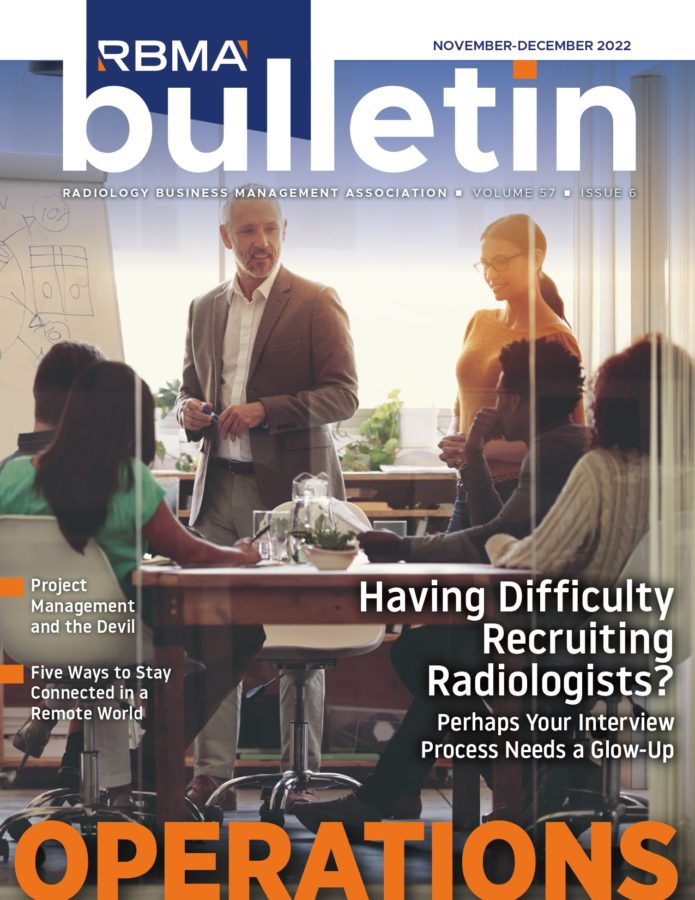Artificial intelligence is used in everything from combat drone projects to photo AI, virtual reality, and augmented reality. However, many of these uses are far from becoming mainstream. We’re already seeing AI used in marketing to help provide more personalized customer experiences. This happens on websites where algorithms understand user behavior and goals to improve the experience. These algorithmic improvements can be seen as further steps towards improving the customer journey with online advertising. However, it’s not only websites looking to leverage artificial intelligence for marketing gains; more traditional marketing practices are also looking to leverage artificial intelligence. The use of AI will only continue to develop over time!
What is artificial intelligence?
Artificial intelligence (AI) is computer-implemented learning that enables machines to solve problems based on data rather than being programmed with algorithms to respond to every possible situation. Artificial intelligence can be implemented in hardware or software and tends to be used on “reasonably intelligent” computers. AI systems can recognize patterns and make decisions based on those patterns. Artificial intelligence can improve many tasks requiring judgment, decision-making, and problem-solving. For example, AI can be used to
improve search engine optimization (SEO) practices to increase the number of conversions from search results. In this way, AI can be used by search engines to autocomplete a search and provide better results based on intent.
How AI works in marketing
The core principles of AI are similar to those of other modern technologies, such as machine learning, computer vision, and robotics. When you talk about AI in marketing, you’re probably thinking about machine learning. Machine learning is a branch of AI that uses algorithms to teach computers how to acquire new knowledge and make decisions based on that knowledge. In marketing, AI is being used in combination with these technologies to create smart marketing solutions. For example, AI combined with machine learning can help websites learn about a user’s
past traffic patterns to provide more personalized experiences for current customers.
What will driving AI adoption in marketing look like?
Currently, most AI adoption in marketing is happening at a low level. Building a consumer experience tailored to each person is a much higher-level goal. There are, of course, considerable benefits to both levels of AI. That low level of engagement is acceptable for something like an app with which people can get to do fun things. But what if you wanted to get people to think about your brand? What if you wanted them to consider your products and services differently? With higher-level AI, you can test new ideas and create campaigns tailored to specific audiences. You can also create ads that take advantage of the fact that people are likelier to click on ads that look like they’re coming from a friend or a family member.
A few ways AI is already used in marketing
Decades of research have proven that consumers favor brands that provide better experiences than their competitors. They also tend to reward brands with higher click-through rates (CTRs).
Website Optimization
Website optimization tools already have built-in algorithms to help you achieve better results. These tools take your current performance and use data mining algorithms to understand how you navigate your website. This allows the device to optimize the user experience, improving things like speed, geography, and the search results format.
Customer Journey Optimization
Customer journey optimization uses AI to try and understand what drives customers to choose your product or service. For example, a hotel could use AI to try and understand the customers’ preferences and find a deal on a future vacation.
Customer Relationship Management
Along the same lines, CRM systems already have lots of data about customers, including their past travel experiences. With a few simple clicks, the system can search through this data to try and find the best deal for the customer.
Video Content
Add value to the audience before they click. Boosting CTRs by 10% is possible with just a few hours of additional video content. In other words, the extra hour of video content will make the click on that ad 10% more likely.
Want to read on the go? Download the PDF from RBMA by clicking HERE.
